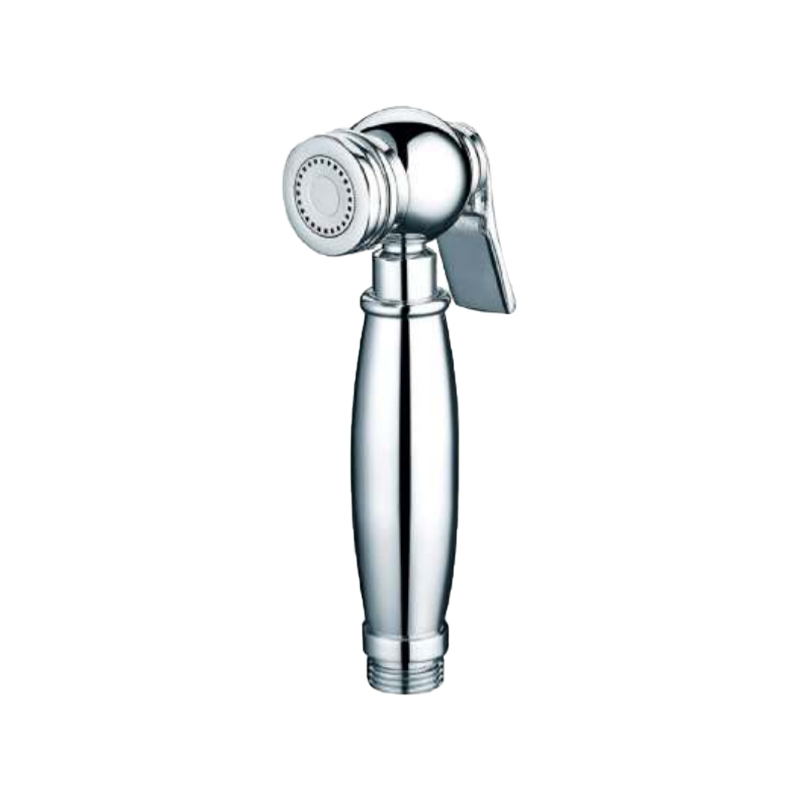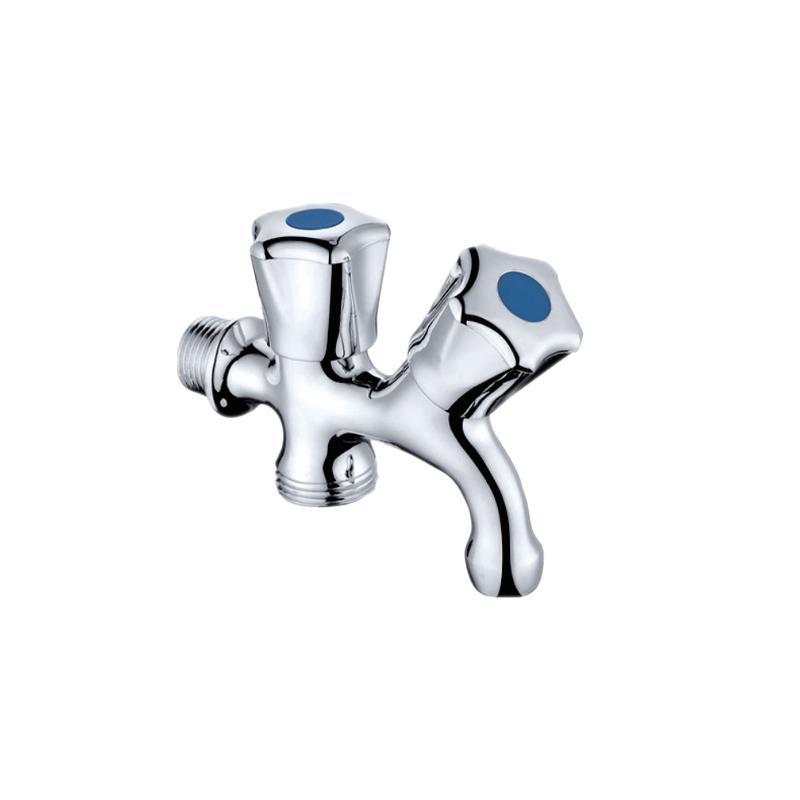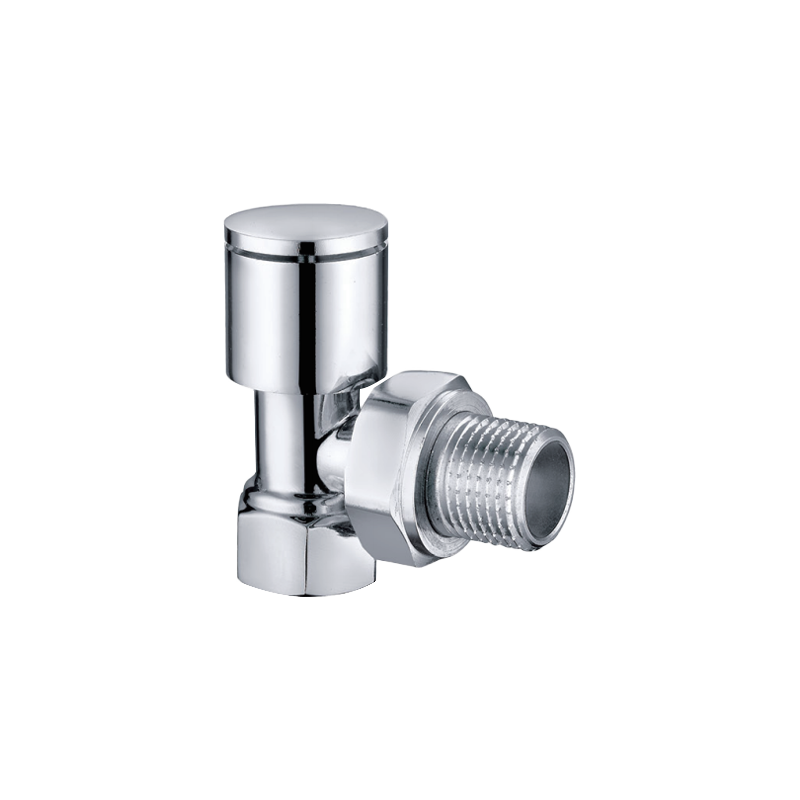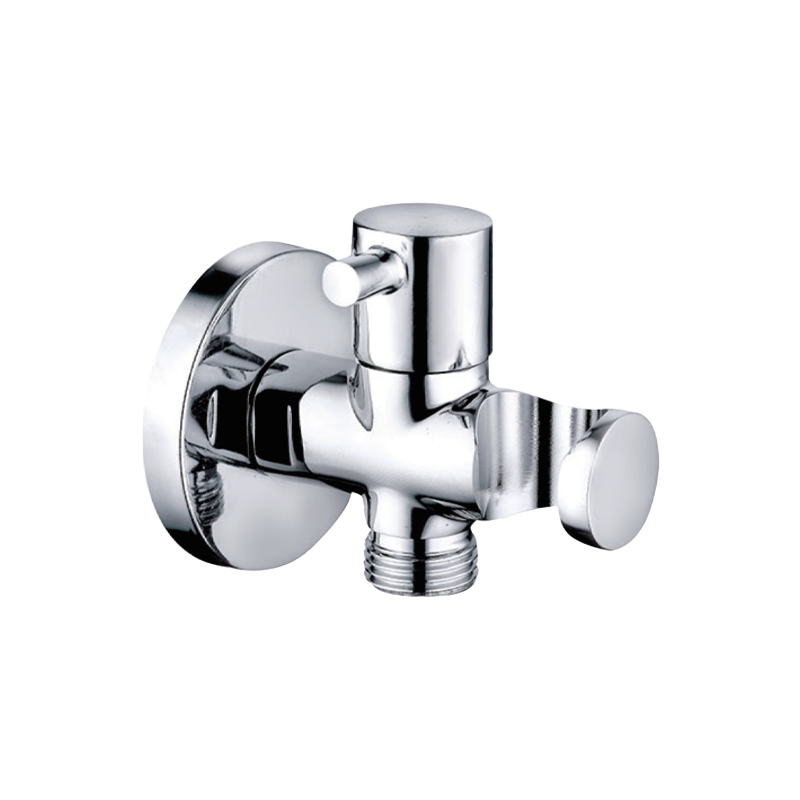In the world of plumbing and fluid control, the Lead-Free Angle Ball Valve stands as a beacon of safety and efficiency. Designed to meet stringent regulations regarding lead content in plumbing materials, this valve combines functionality with environmental responsibility.
The lead-free movement in plumbing gained momentum as health and environmental concerns prompted a reassessment of the materials used in water systems. Traditional plumbing components, including valves, often contained lead, posing potential health risks when water passed through them. Lead-Free Angle Ball Valves emerged as a response to these concerns, to provide a safe and reliable solution for controlling water flow.
The Lead-Free Angle Ball Valve shares many design features with its traditional counterpart, with a distinctive angle design that sets it apart. The valve consists of a lever-operated handle connected to a perforated ball inside the valve body. The angle design refers to the placement of the inlet and outlet ports, allowing for convenient installation in tight spaces or areas with limited clearance.
The key distinguishing factor of the Lead-Free Angle Ball Valve is the materials used in its construction. These valves are manufactured using materials that comply with lead-free regulations, typically using brass alloys that do not contain harmful levels of lead. This ensures that the water passing through the valve remains uncontaminated and safe for consumption.
Lead-Free Angle Ball Valves find widespread use in residential plumbing systems, serving various purposes such as controlling water flow to appliances, faucets, and fixtures. Their compact design and ease of installation make them suitable for use in kitchens, bathrooms, and utility rooms. Homeowners can enjoy peace of mind knowing that their plumbing systems are equipped with valves that prioritize safety and compliance.
Beyond residential use, Lead-Free Angle Ball Valves are integral components in commercial and industrial plumbing systems. These valves are employed in settings where strict adherence to lead-free standards is essential, such as hospitals, schools, factories, and public facilities. The versatility of these valves makes them suitable for a wide range of applications, ensuring the safe and efficient control of water flow.
The angled design of the Lead-Free Angle Ball Valve offers practical advantages during installation. The inlet and outlet ports are positioned at an angle, allowing for easier connection in confined spaces. This design is particularly beneficial when installing valves in areas where there is limited room for maneuvering or where pipes approach at unconventional angles.
Lead-Free Angle Ball Valves are engineered for durability and longevity. The use of high-quality materials ensures resistance to corrosion and wear, extending the lifespan of the valves. This durability makes them a sustainable investment for property owners, reducing the need for frequent replacements and minimizing the environmental impact associated with the disposal of plumbing components.
The adoption of lead-free plumbing components, including the Lead-Free Angle Ball Valve, reflects a broader commitment to sustainable and environmentally responsible construction practices. By choosing lead-free valves, builders, contractors, and homeowners contribute to the preservation of water quality and the reduction of environmental hazards associated with lead contamination.
The Lead-Free Angle Ball Valve exemplifies the intersection of safety, functionality, and environmental responsibility in the realm of plumbing. Whether in homes, businesses, or industrial facilities, the Lead-Free Angle Ball Valve plays a vital role in ensuring the safe and efficient control of water systems while contributing to sustainable construction practices.

 English
English 中文简体
中文简体


.png)




